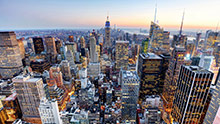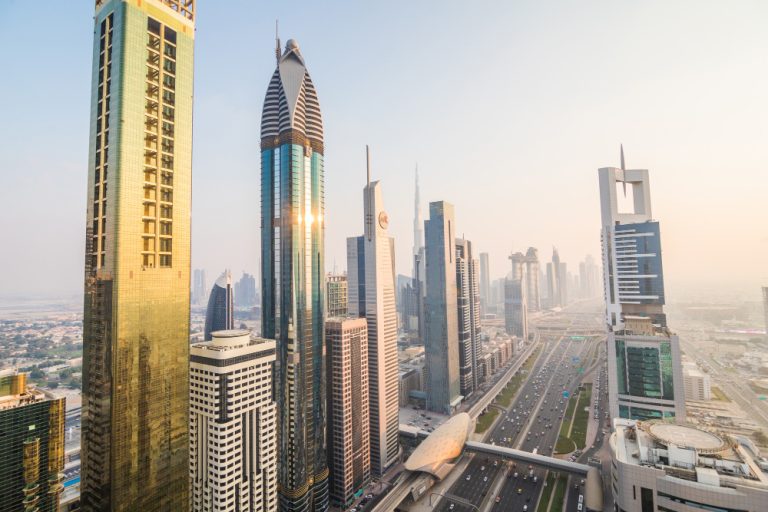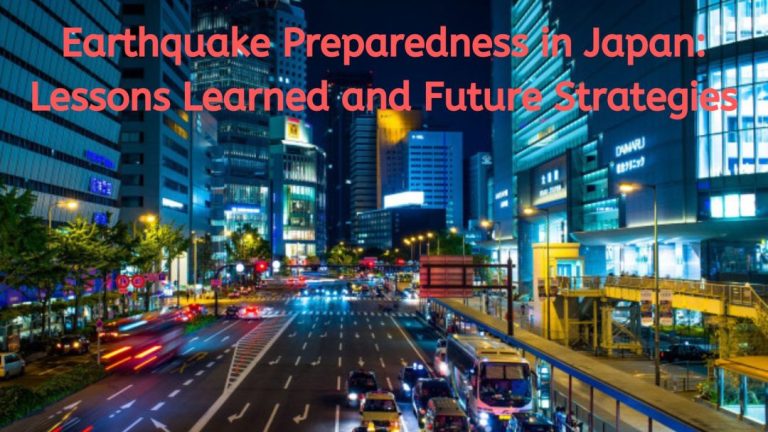Article by: Navid Haddad
What comes to mind when you hear Japan’s name? Mount Fuji, Shibuya Crossing, vending machines, or even earthquakes. That’s right; earthquakes are ingrained in Japanese daily life as an uninvited guest who may arrive at any moment, but the citizens are always ready to confront it.
Japan’s cities have a global reputation for protecting their citizens against deadly earthquakes. However, the recent tremor in January 2024 has raised doubts about Japan’s ability to respond to major earthquakes. A simple question arises: Do Japanese cities have unknown weaknesses in dealing with earthquakes?
Japan’s Deadliest Earthquakes in Contemporary History
Since World War II, Japan has experienced deadly earthquakes roughly every decade. Sometimes the tremor directly hits a city (like the 1995 Kobe earthquake), and other times the resulting tsunamis cause hazardous catastrophes. Common consequences include mass casualties, widespread destruction of buildings, severe damage to infrastructure and facilities, and enormous economic losses.
Each of these powerful tremors has taught valuable lessons on dealing with future devastating earthquakes. However, unpredictable damages can still be expected with each new earthquake.
The Global Reputation of Japanese Cities in Earthquake Response
After the recent deadly 7.5 magnitude earthquake in Noto, which killed 245 people, there is a suspicion that some unknown challenges remain unresolved. For many years, authorities and engineers have put in tremendous efforts to protect Japan’s cities from future tremors. Measures such as implementing dampers below building foundations, using early warning systems, and constructing robust coastal barriers and sea walls have been employed.
Lessons from Each Earthquake
In 1995, the city of Kobe was struck by the devastating Great Hanshin-Awaji Earthquake, which killed 5,000 residents and destroyed tens of thousands of homes. Following the city’s rebuilding, authorities constructed the Kobe Earthquake Memorial Museum. This museum not only commemorates those lost during the disaster but also serves as an education center filled with displays and facilities on disaster prevention and survival.
Awareness and education on disaster prevention are key to preparing people to save their lives during an earthquake. Smartphones, immediate TV coverage, and operational training in schools are some of the methods used to teach Japanese people how to survive devastating earthquakes.
Tsunami Threats to Japan’s Coastal Cities
Almost 90% of Japanese cities are located along the Pacific Ocean’s shores, putting a majority of citizens at risk of tsunami attacks. As it is impossible to relocate the entire population to safer areas, the only viable solution is to rely on updated technological knowledge to protect coastal cities from the violent ocean waves.
Japan’s two largest cities, Tokyo and Osaka, home to about 45% of the population, are at high risk of tsunamis and earthquakes. These cities host the largest industries and commercial infrastructures and are the main hubs for shipping, logistics, education, culture, and finance. Preserving Tokyo and Osaka against tsunamis is equivalent to protecting half of the country.
A glance at the aerial maps of Tokyo reveals that a significant amount of Japan’s industrial and transportation infrastructure is located in coastal areas. If a tsunami strikes, the impact on the city’s pivotal facilities and equipment could be catastrophic.
Preventive Measures and Futuristic Plans in Japanese Cities
Japan has long been a leader in earthquake preparedness, employing a variety of preventive measures and continually updating its strategies to mitigate the impact of seismic events. These efforts encompass a range of technologies and planning initiatives aimed at reducing casualties, protecting infrastructure, and ensuring swift recovery after disasters.
Advanced Building Technologies
One of the most significant preventive measures is the incorporation of advanced building technologies. Modern Japanese buildings are equipped with seismic isolators and dampers that absorb and dissipate seismic energy, reducing the shaking experienced by the structure. These technologies are continually being improved to enhance their effectiveness. For example, recent developments include the use of smart materials that can adapt in real-time to the intensity of an earthquake.
Early Warning Systems
Japan’s early warning system is one of the most advanced in the world. The Japan Meteorological Agency (JMA) operates a sophisticated network of seismic sensors that can detect the initial, less-damaging P-waves of an earthquake and provide warnings before the more destructive S-waves arrive. This system can give people crucial seconds to take cover, shut down critical systems, and halt trains, thereby saving lives and reducing injuries.
Urban Planning and Zoning
Urban planning and zoning regulations play a critical role in earthquake preparedness. Japanese cities have strict building codes that ensure structures can withstand significant seismic activity. Additionally, urban planners consider the placement of critical infrastructure and residential areas to minimize the impact of potential tsunamis. Elevated areas and artificial hills have been created in some coastal cities to serve as evacuation points in the event of a tsunami.
Public Education and Drills
Continuous public education campaigns and regular disaster drills are integral to Japan’s preparedness strategy. Schools, businesses, and communities regularly participate in drills that simulate earthquake and tsunami scenarios, ensuring that citizens know how to respond quickly and effectively. Public education efforts also include widespread dissemination of information on how to prepare emergency kits and plans.
Futuristic Plans and Innovations
Looking ahead, Japan is investing in futuristic plans and innovations to further enhance its earthquake preparedness. Research is ongoing into developing even more resilient building materials and construction techniques. For instance, scientists are exploring the use of carbon fiber and other advanced composites that can offer superior strength and flexibility.
Smart city initiatives are also being implemented, integrating sensors and IoT (Internet of Things) technologies to create more responsive urban environments. These smart systems can monitor structural health in real-time, detect anomalies, and provide instant alerts to authorities and residents. Additionally, advancements in AI and machine learning are being leveraged to improve earthquake prediction models and response strategies.
National and International Collaboration
Japan’s approach to earthquake preparedness also involves significant collaboration at both national and international levels. The government works closely with academic institutions, private sector companies, and international organizations to share knowledge and best practices. Collaborative efforts include joint research projects, technology exchanges, and participation in global disaster response drills.
Conclusion
Japan’s commitment to earthquake preparedness is evident in its advanced technologies, rigorous planning, and comprehensive education efforts. While recent events have highlighted areas for improvement, the country remains a global leader in mitigating the impact of seismic activity. Through continuous innovation and collaboration, Japanese cities are striving to overcome the challenges posed by earthquakes and ensure the safety and resilience of their communities.
















